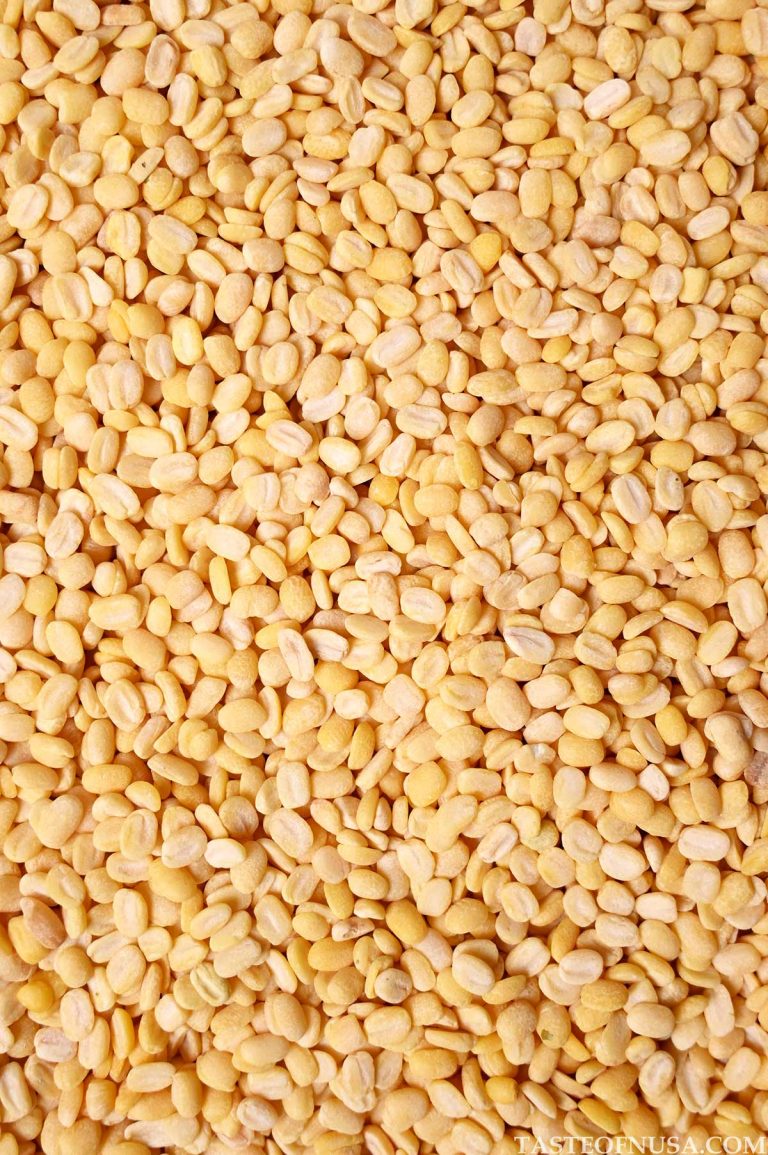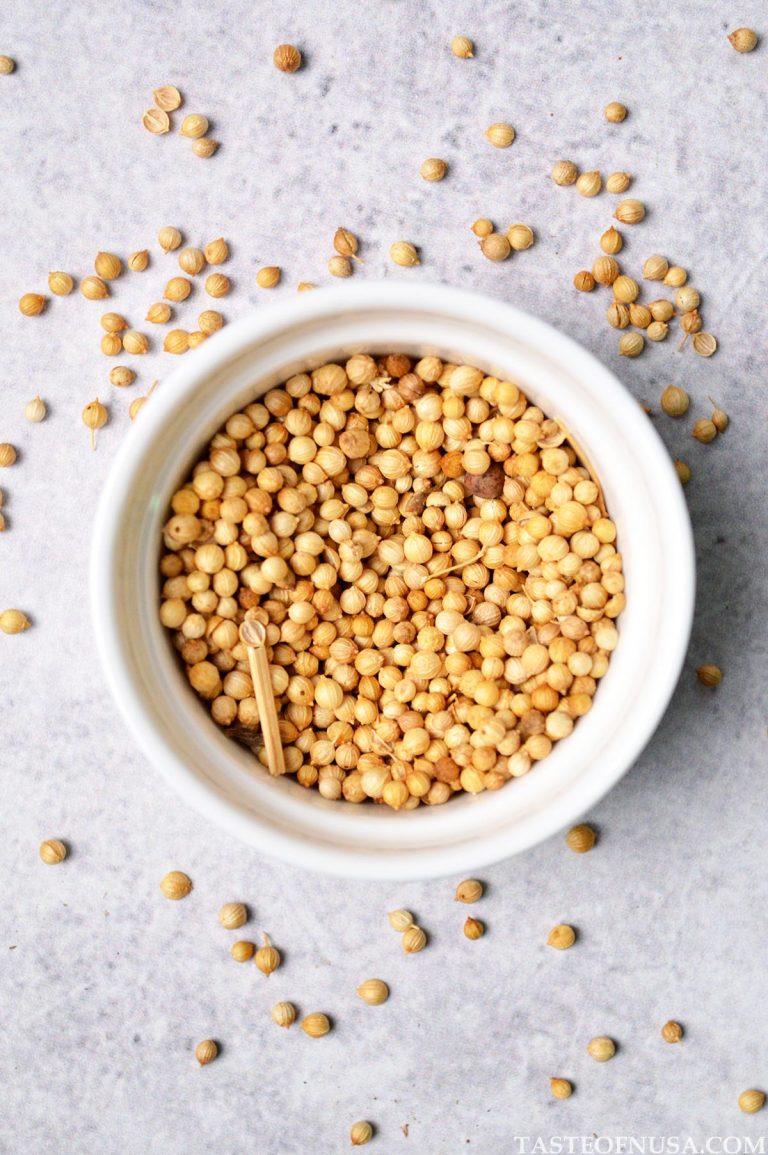Peanut
One of the main characteristics of Indonesian cuisine is the wide application of peanuts in many Indonesian signature dishes from sweet to savory foods.

What is Peanut?
Even though peanut has the word “nut” in the name, it is actually not a nut at all. Peanuts are legumes, which are edible seeds enclosed in pods, and are in the same family as beans, lentils, and peas.
The oblong pods have rounded ends and are most commonly 1-2 inches long with two or three seeds. The pods are contracted between the seeds and have a thin, netted, spongy shell. The seeds vary from oblong to nearly round and have a papery seed coat that ranges in color from light brown to deep red-purplish.
What Do Peanuts Taste Like?
Raw peanuts taste more like peas than nuts, which are related because peanuts are legumes and a nut only in the culinary sense. The flavor of peanuts will change depending on the way it is processed.
When they are roasted or fried, you will notice they take on a sweet flavor with a vegetal undertone. The rich flavor, color, and aroma of roasted nuts are due to compounds that are formed in a chemical reaction called the Maillard reaction. This is a reaction between the amino acid asparagine and the natural sugar in them.
How to Tell If Peanuts Have Gone Bad
- Shriveled and dried out kernel. Fresh peanuts are smooth and solid. Once they change their texture and become dry, it is a sign that they are not edible anymore.
- Mold. Discolorations on the peanut surface are a sign that something is wrong.
- Rancidity. Peanuts are packed with fats and oils that will go rancid over time, especially if you have failed to store them appropriately. The reason is oil oxidation once peanuts are directly exposed to air. When you notice a sour milk-like odor with an unpleasant sour and bitter taste, you can suspect that they have already spoiled.
How to Store
The peanut shelf life primarily depends on the storing temperature, but it is not the same if you keep them in-shell or shelled. In-shell seeds are well protected, and you can store them for months, even at room temperature. When stored in a pantry, they should last for one to two to three months, while peanuts without shells can go bad within a few weeks.
Once you take it out of the shell, your peanuts will become more vulnerable and lose quality after a few weeks. To prevent spoilage, keep peanuts in a cool, moisture-free environment. If you are planning to use them soon, a pantry or cupboard will do. For the longest storage time, a refrigerator is better. Seal them in an airtight container. For the maximum length of storage, put peanuts in a freezer, They will stay fresh for up to a year.
How to Remove Peanut Skin

Many recipes that include peanuts call for them to be shelled and skinless before use. Let me guide you on how to easily remove their skin with the following steps:
- Roast the peanuts over a stovetop or in the oven. If using the stovetop method, add peanuts to the pan and cook on low heat. Stir continuously to roast them evenly for about 7-10 minutes. The peanuts will make a crackling sound when they are roasted and start getting the nutty smell after 4-5 minutes. If using the oven method, place the raw peanuts in a single layer inside a shallow baking pan. bake in preheated oven at 350F/180°C for 15-20 minutes, stirring once or twice during baking, until the skins become loose and the peanuts are lightly golden.
- Once the peanuts have cooled completely, gently remove the skins by rolling them between your hands.
- Use a colander, spider strain, or perforated pan to separate the skins
- Your peanuts are now skinless and ready to use.






